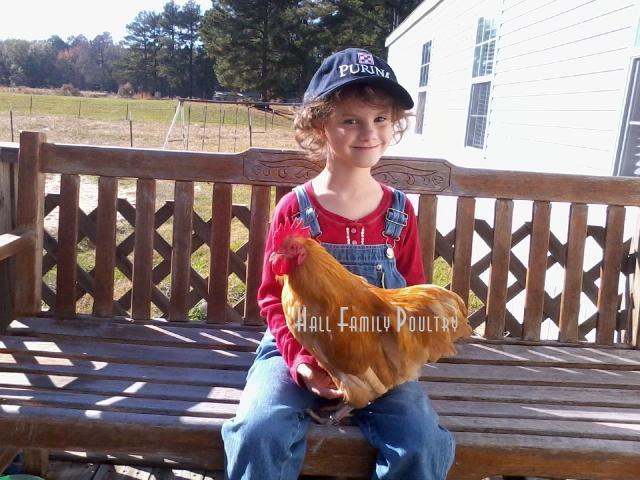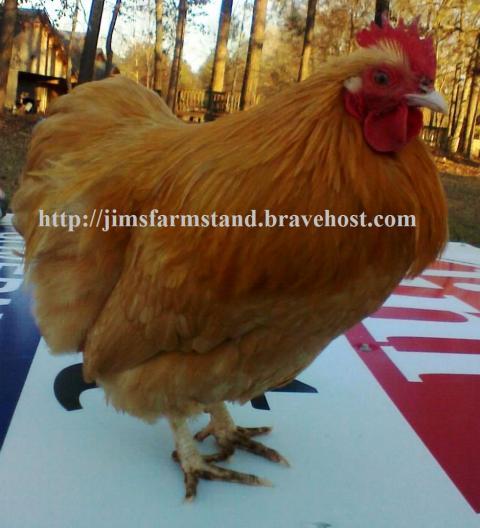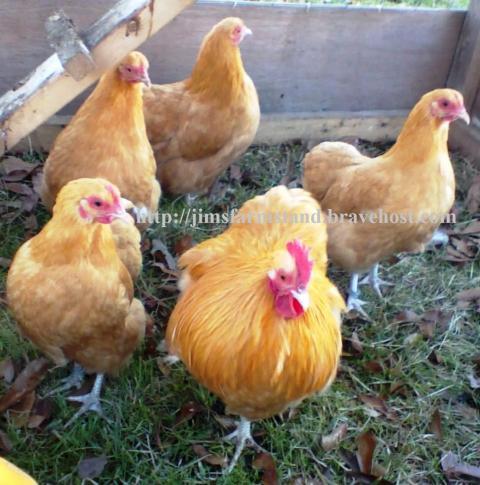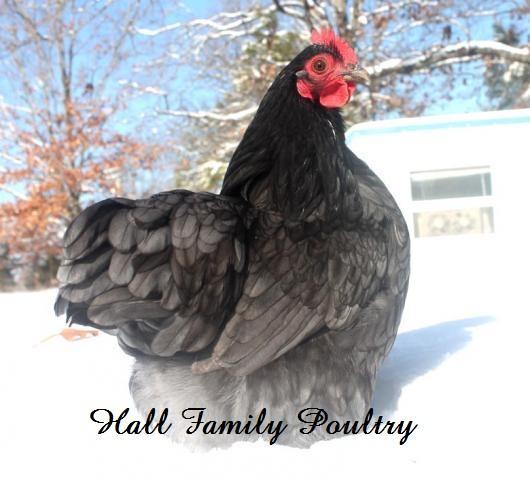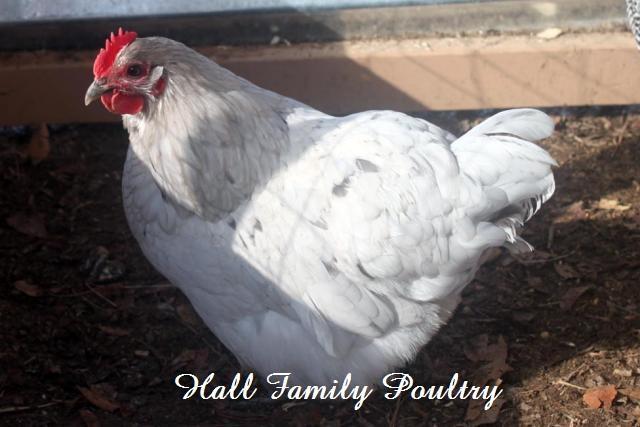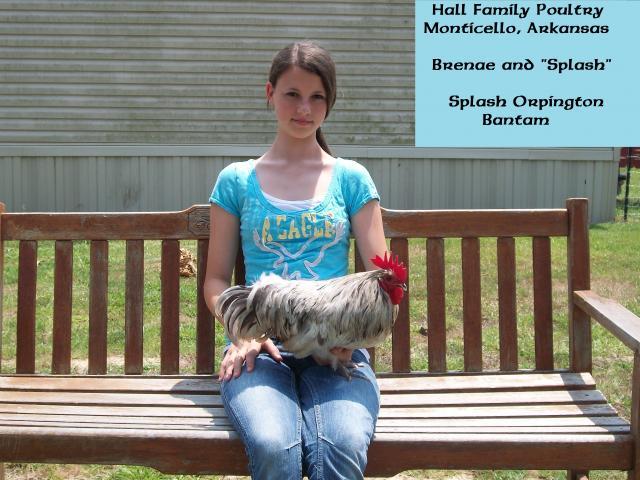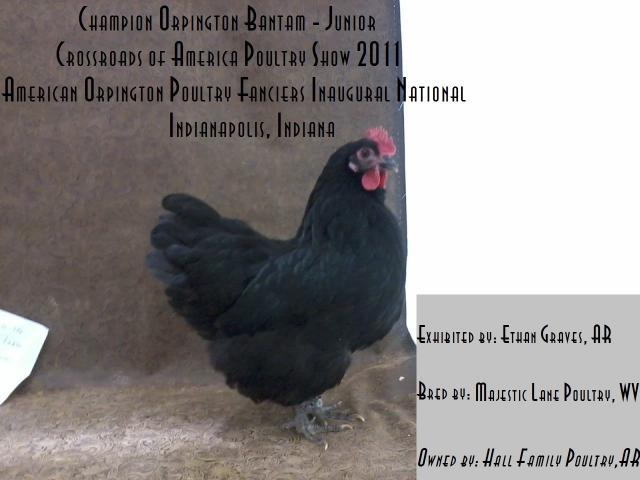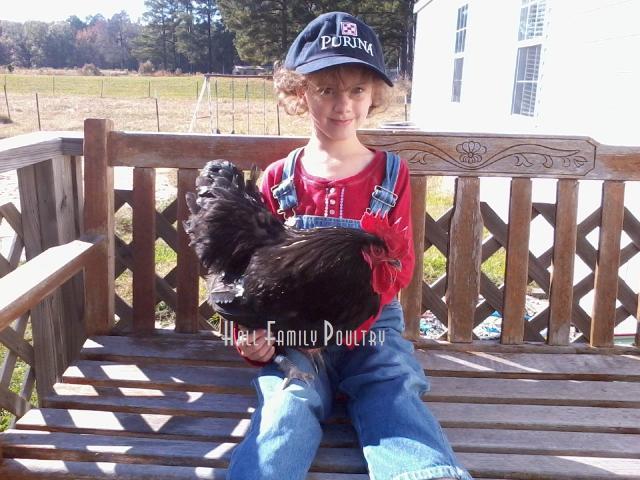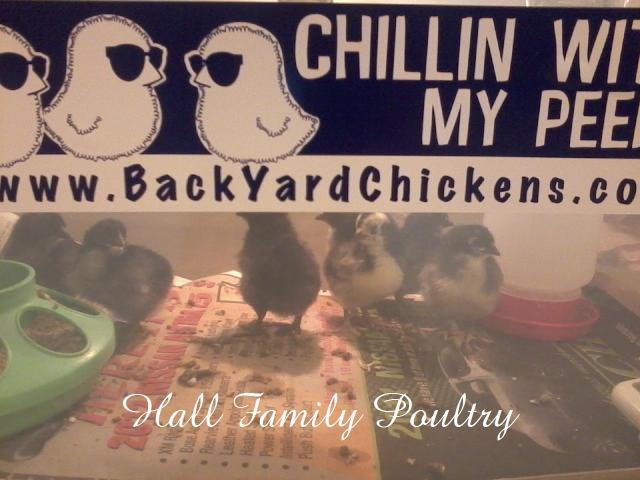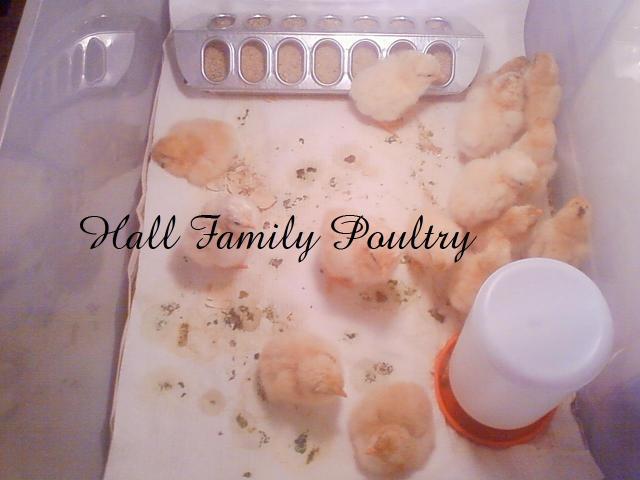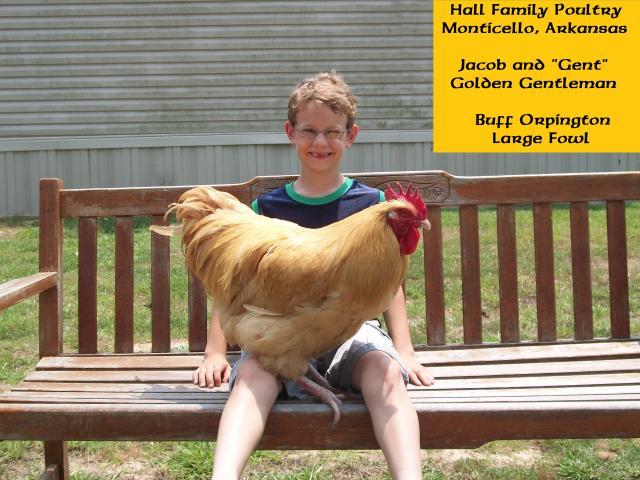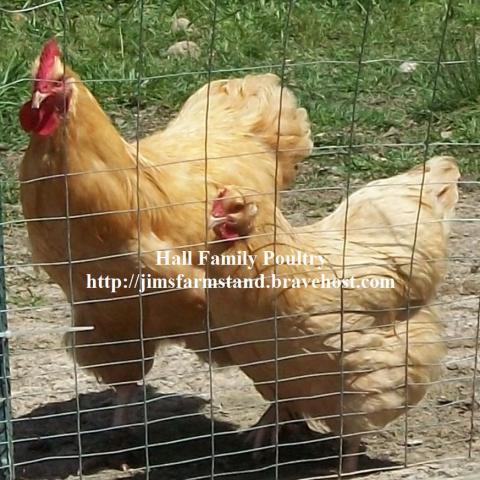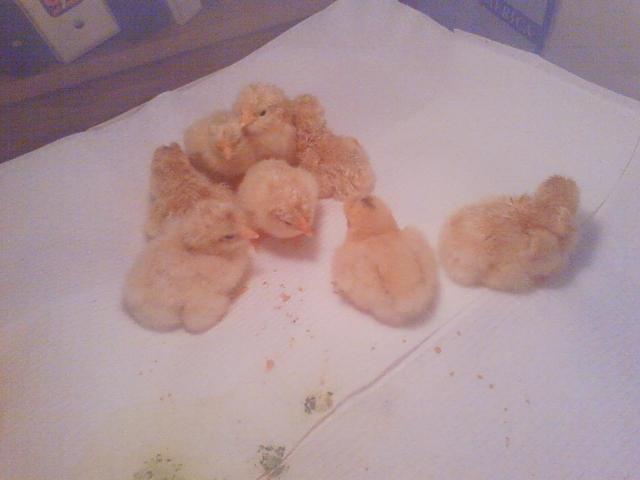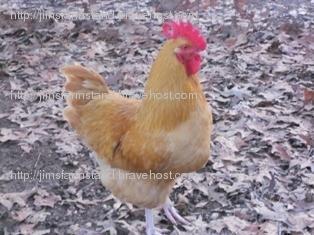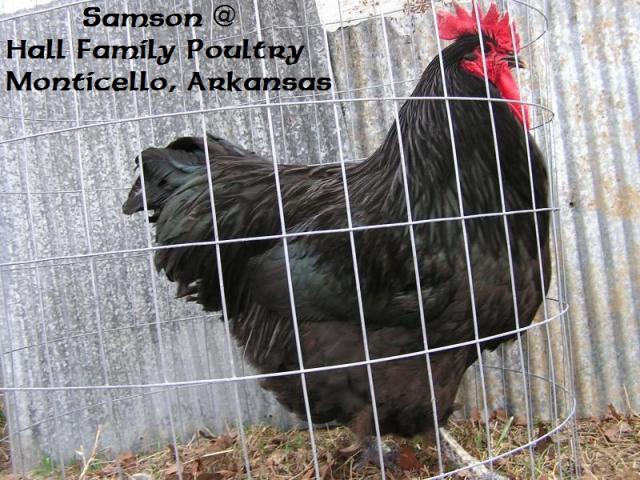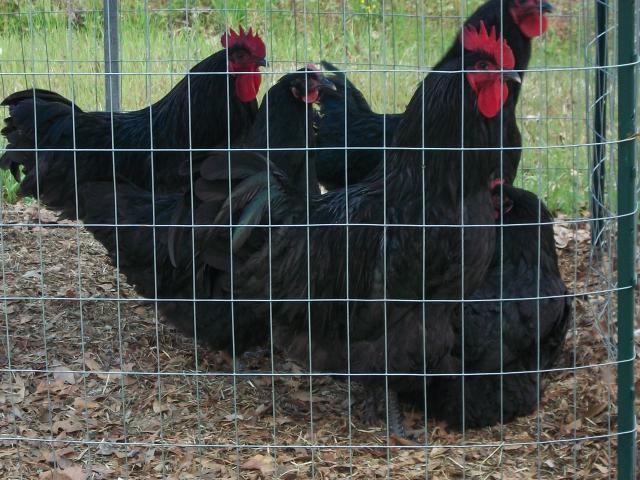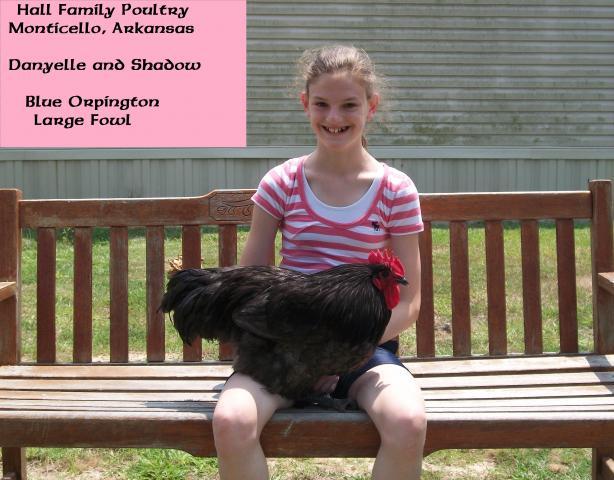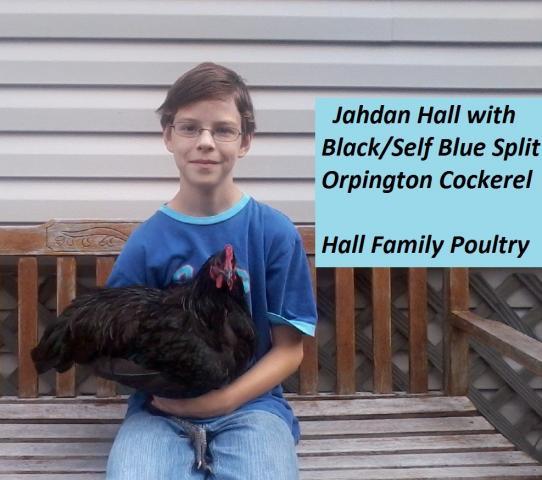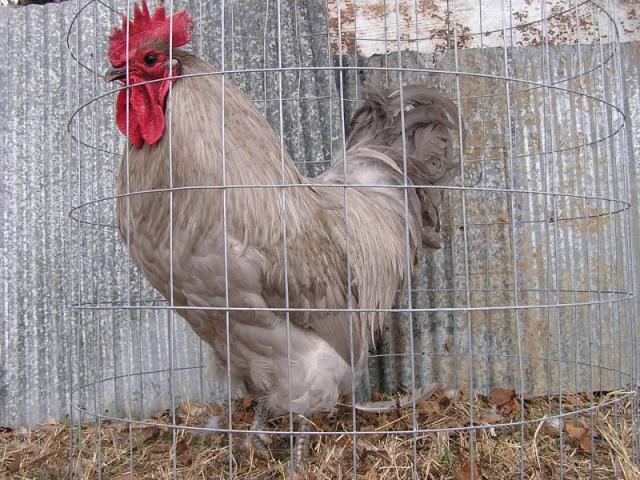- Dec 3, 2011
- 18
- 0
- 32
Do buffs eat more than other heavy breed chickens? Are they good at finding food?
Follow along with the video below to see how to install our site as a web app on your home screen.
Note: This feature may not be available in some browsers.
I have found that the Orps do eat more and lay less than any other DP breed I've ever owned. When dressed out they had massive stores of fat around their vents and organs, as opposed to DPs of the same age fed on the same feed. This fat could have been the factor in their poor egg laying abilties, though I never overfeed my layer flock...they are fed once a day and free range always.
They are also too docile to include in a free range program. Each and every Buff Orp I owned had a bare back...in a flock of 28 hens and two roos. This tells me they lay down every time a roo walks by, which may not mean much to you folks but it means my other hens are not being served equally and I have a bunch of hens running around with compromised skin conditions.
After trying BOs on two separate occasions in my chicken keeping history, I found them to perform the same each time: Big intake of feed, low output of eggs compared to their flock mates of equal size/type, poor hardiness, poor foraging compared to their flock mates.
As for Leghorns..they DO thrive just fine in cold temps. The only reason one could ever say they don't is because of their large combs but this is a fallacy. I have an equal mix of pea, rose and single large combs in my flocks and they all weather the cold in exactly the same manner...no frostbite, good laying in the winter months(particularly the leghorns) and good hardiness in all weather extremes.
How is the Orpington compare to Light Sussex? I know both breed are large and friendly.
